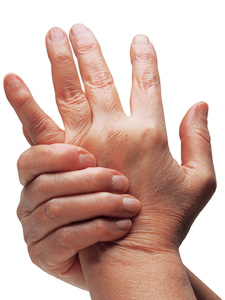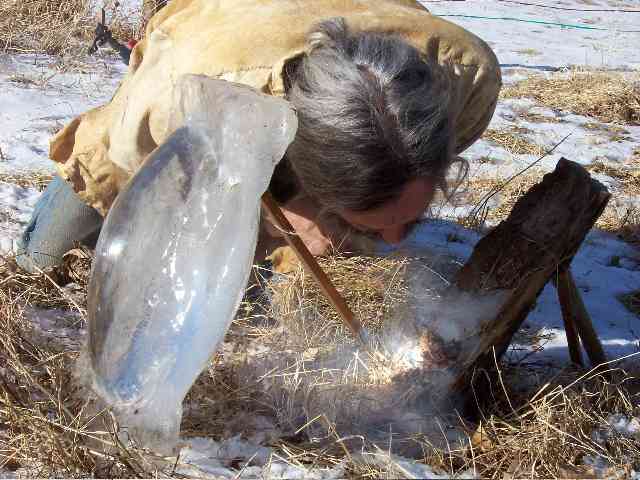Random Facts
 When a male penguin falls in love with female penguin, he searches the entire beach to find the perfect pebble to present to her. The male penguin searches the entire beach for the
perfect pebble when he has found the one he wants to waddle through life with. And after he spots the perfect pebble, he picks it up and hobbles over to his beloved, placing the pebble at her feet. If she picks it up she is his, if not she is declining his offer. The act of a male penguin giving a
female penguin a pebble is their way of proposing. Once the female accepts the proposal, then the two of them live together for the rest of their lives and create a big family. These pebbles hold considerable value and they are also symbols of affection toward a mate. It’s actually quite touching that he
would give one away when he’s fighting ferociously to defend his pebbles.”
When a male penguin falls in love with female penguin, he searches the entire beach to find the perfect pebble to present to her. The male penguin searches the entire beach for the
perfect pebble when he has found the one he wants to waddle through life with. And after he spots the perfect pebble, he picks it up and hobbles over to his beloved, placing the pebble at her feet. If she picks it up she is his, if not she is declining his offer. The act of a male penguin giving a
female penguin a pebble is their way of proposing. Once the female accepts the proposal, then the two of them live together for the rest of their lives and create a big family. These pebbles hold considerable value and they are also symbols of affection toward a mate. It’s actually quite touching that he
would give one away when he’s fighting ferociously to defend his pebbles.”
 Green eye color is often confused with hazel eye color, yet is entirely separate and distinct. Green eye color is the rarest color found around the world, and it is estimated
that only around 2% of the world's population has green colored eyes. Green eye color is a result of a mild amount of pigmentation in the eye with a golden tint. When combined with the natural blue scattering of the eye, the colors mix to give a green appearance. Green eye color is most common in
northern and central Europe, but can also be found in western Asian cultures on rare occasion. Green eyes most likely developed because of the migration of people over time, those from northern latitudes with light coloring traveled south and people of dark coloring traveling north intermixed, leading
to a variation of melanin produced. Today the green eyes of their descendents can be found on every continent.
Green eye color is often confused with hazel eye color, yet is entirely separate and distinct. Green eye color is the rarest color found around the world, and it is estimated
that only around 2% of the world's population has green colored eyes. Green eye color is a result of a mild amount of pigmentation in the eye with a golden tint. When combined with the natural blue scattering of the eye, the colors mix to give a green appearance. Green eye color is most common in
northern and central Europe, but can also be found in western Asian cultures on rare occasion. Green eyes most likely developed because of the migration of people over time, those from northern latitudes with light coloring traveled south and people of dark coloring traveling north intermixed, leading
to a variation of melanin produced. Today the green eyes of their descendents can be found on every continent.
 Dolphins recognize themselves in mirrors—one of the few mammals other than humans that have the ability to do so. The mark test was devised by Gordon Gallup, Jr., a professor of
psychology at the State University of New York in Albany. He used the test to demonstrate self-recognition by chimpanzees. While the test has been used with many other animals, including primates, elephants, and parrots, this is the first time non-primates have reacted to a mirror by using it to
examine themselves.An interesting difference between primates' and dolphins' behavior is that the dolphins paid attention to the markings on their own bodies but not to similar markings on other dolphins.
Dolphins recognize themselves in mirrors—one of the few mammals other than humans that have the ability to do so. The mark test was devised by Gordon Gallup, Jr., a professor of
psychology at the State University of New York in Albany. He used the test to demonstrate self-recognition by chimpanzees. While the test has been used with many other animals, including primates, elephants, and parrots, this is the first time non-primates have reacted to a mirror by using it to
examine themselves.An interesting difference between primates' and dolphins' behavior is that the dolphins paid attention to the markings on their own bodies but not to similar markings on other dolphins.
 When people talk about polar bears they always percieve them as being totally white, however that is not true. Polar bears are white, but their hair is mostly clear. When light shines
on the polar bear’s mostly clear guard hair, some light gets trapped in the hair and bounces around, creating luminescence. When it hits a light scattering particle on the inside or salt on the outside, the light breaks up even more and gets sent in all different directions. This light scattering gives
off more white-coloured light due to luminescence. UV light also gets transmitted along the guard hairs onto the bear’s dark skin, causing florescence and don’t forget about the keratin protein whose molecules give off a slight white colour. Each of these elements brings you the white polar bear you know
and love.
When people talk about polar bears they always percieve them as being totally white, however that is not true. Polar bears are white, but their hair is mostly clear. When light shines
on the polar bear’s mostly clear guard hair, some light gets trapped in the hair and bounces around, creating luminescence. When it hits a light scattering particle on the inside or salt on the outside, the light breaks up even more and gets sent in all different directions. This light scattering gives
off more white-coloured light due to luminescence. UV light also gets transmitted along the guard hairs onto the bear’s dark skin, causing florescence and don’t forget about the keratin protein whose molecules give off a slight white colour. Each of these elements brings you the white polar bear you know
and love.
 It turns out there is no scientific correlation between cracking your knuckles and developing arthritis in your joints, which is when one or more of the points where your
bones meet develop inflammation. When you crack your knuckles, you're actually doing more bursting than cracking. The popping noise you hear is caused by small bubbles bursting in your synovial fluid, a yolk-like substance that lubricates the areas between bones and reduces friction for ease of movement.
When you make the motion to crack your knuckles, either by stretching your fingers or bending them backwards,you expand the joint. This causes the pressure between the joint to decrease, as well as the ligaments that connect the bones and the joint capsule that holds all of it together. That
depressurization causes gasses like carbon dioxide, nitrogen, and oxygen that are dissolved in the synovial fluid to form into little bubbles that rush into the empty space. As the joints settle back into place, the fluid also returns to its rightful place and pops those little bubbles, causing that
recognizable cracking sound.
It turns out there is no scientific correlation between cracking your knuckles and developing arthritis in your joints, which is when one or more of the points where your
bones meet develop inflammation. When you crack your knuckles, you're actually doing more bursting than cracking. The popping noise you hear is caused by small bubbles bursting in your synovial fluid, a yolk-like substance that lubricates the areas between bones and reduces friction for ease of movement.
When you make the motion to crack your knuckles, either by stretching your fingers or bending them backwards,you expand the joint. This causes the pressure between the joint to decrease, as well as the ligaments that connect the bones and the joint capsule that holds all of it together. That
depressurization causes gasses like carbon dioxide, nitrogen, and oxygen that are dissolved in the synovial fluid to form into little bubbles that rush into the empty space. As the joints settle back into place, the fluid also returns to its rightful place and pops those little bubbles, causing that
recognizable cracking sound.
 You can start a fire with ice. Lay the structure for the fire in a square log-cabin pattern with large pieces of wood positioned directly on the ice with the quick-lighting
timber on top of the big pieces. Heat goes up, so the initial flames don’t melt the ice at all. The ashes from the tinder and the bottom logs create a layer of wet ash on the surface of the ice that keeps the hot coals that form later from burning completely through the thick layer of ice. It’s important
to keep that square stacked structure as you add wood to the fire so that the heat is distributed over a large area and no one spot gets too hot. The slow ice melt creates a pool of cold water around the fire that slows the melting process long enough to make for a day and evening long fire.
You can start a fire with ice. Lay the structure for the fire in a square log-cabin pattern with large pieces of wood positioned directly on the ice with the quick-lighting
timber on top of the big pieces. Heat goes up, so the initial flames don’t melt the ice at all. The ashes from the tinder and the bottom logs create a layer of wet ash on the surface of the ice that keeps the hot coals that form later from burning completely through the thick layer of ice. It’s important
to keep that square stacked structure as you add wood to the fire so that the heat is distributed over a large area and no one spot gets too hot. The slow ice melt creates a pool of cold water around the fire that slows the melting process long enough to make for a day and evening long fire.